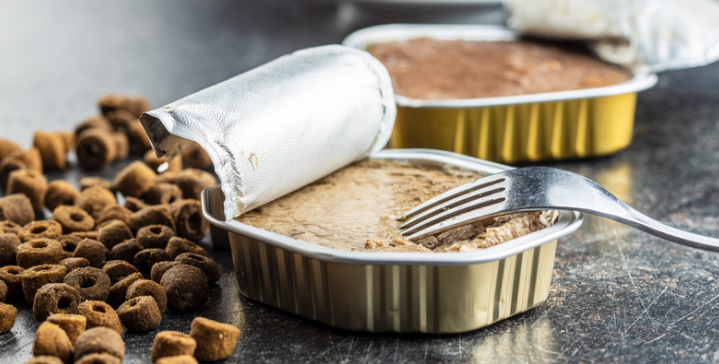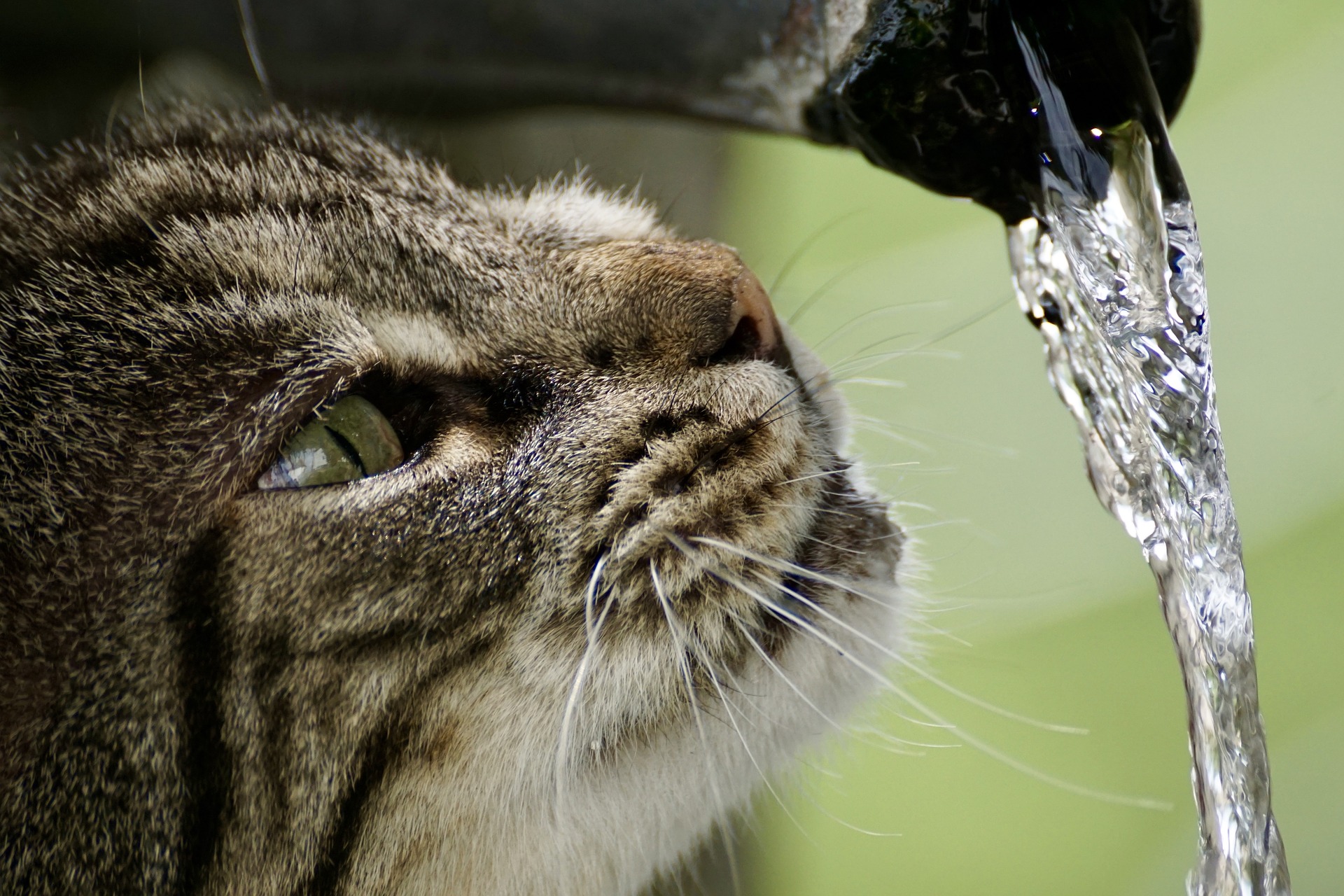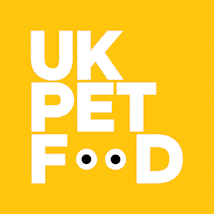Handling Pet Food at Home
Good hygiene must be practiced at home when storing, handling, and preparing all food items, including pet food. Effective cleaning removes bacteria and other pathogens from hands, surfaces, and kitchen equipment. This helps to stop harmful bacteria and viruses from spreading onto food and into our bodies. As well as good food hygiene practice, storing of food at a safe temperature and in correct condition help prevent food poisoning incidents. Most food items, including pet food products, have information on storage and preparation on their packaging.
(Please note the poster in being developed and will be available soon)
Opening and Storage
-
Before opening a new package of pet food, check that it is clean and does not have any damage such as a tear or hole. Avoid buying packages with dents.
-
Please follow any storage and feeding instructions provided on packs as these may vary amongst products.
-
Pet food should be stored according to the instructions on the package.
-
Avoid storing any pet food, open or unopened, near radiators or hot appliances such as washing machines. The package should feel room temperature to the touch, not warm.
-
-
Avoid storing open food containers in garages, sheds or greenhouses. If this must be done, store packages in a rodent- and insect-proof container and reseal the bag inside the container after each use.
-
Be aware of other items stored near your pet’s food, such as DIY tools, paints, gardening, or cleaning chemicals as these can make your dog ill if they get into their food or negatively impact the quality of the pet food with strong aromas.
-
Avoid storing in clear plastic containers as nutritional components such as vitamins can be degraded by light and heat.
-
-
Food should be stored in its original packaging, or containers available from the manufacturer.

-
If food is stored outside its packaging, such as in a Tupperware, ensure that the packaging is cleaned with appropriate soap both before and after the food is in it.
-
If a large amount of food is stored in the container, check it regularly for insect and rodent activity.
-
If storing dry food, check that the inside of the container is dry before food is put in.
-
If the storage container is in a cold or humid room it is important to check regularly that the inside of the container is dry as water can condense on the inside surfaces.
-
-
Do not refill a container with food without cleaning and drying it between packages. This helps avoid stale food collecting at the bottom.
-
Pet food has a different shelf life once it is opened so the best before date on the package may no longer apply.
-
The most accurate way to measure pet food amounts is by weighing the portion at meal times. If you use a scoop or cup to measure, ensure that it is cleaned at least as frequently as the container is cleaned.
-
Ensure that your pet’s food is stored away from hungry pets and curious children.
-
A sign of spoiled wet pet food could be a strong bad smell different from the food’s normal smell.
-
Sometimes a can/tray of wet pet food could be damaged but the damage may not be visible. Swollen or 'blown' packs can be a sign that bacteria have grown and should be discarded.
-
Any type of pet food that is stored in the fridge (wet or raw pet food) must be in sealed containers to stop them touching or dripping onto other foods. Same as any other raw meat product, raw pet food should be stored at the bottom of your fridge to prevent cross-contamination.
-
If in doubt, don’t feed the product and contact the manufacturer for more information and clarification.
Feeding Your Pet
-
Always wash your hands before and after handling your pet’s food to ensure both their food and yours stays safe.
-
If preparing your pet’s food on a counter, ensure that it is cleaned with a pet safe cleaner before getting their food ready.
-
If scissors, knives, chopping boards, or can openers are used, when you prepare your pet’s food, ensure they are cleaned thoroughly before their next use, even if they are dedicated for your pet’s use.
-
Clean any pet food residue from your counters after the pet has their food using a household cleaner, such as a kitchen specific cleaner, and then a disinfectant.
-
If you give your pet food or treats in a toy, clean them between uses with the method recommended by the manufacturer.
-
Check your pet’s food and water bowls after each feed to ensure they are clean, and water bowl is rinsed and filled with fresh water daily. If there is any food residue clean the bowl with soap and water and rinse thoroughly.
-
Ensure your pet always has access to fresh water.
-
Any food containers/tubs that are used at home for storage must be made from food-safe material.
-
Clean tubs and scoops before using them with a fresh pack of food.

